Across America: Protests Against The Trump Administration
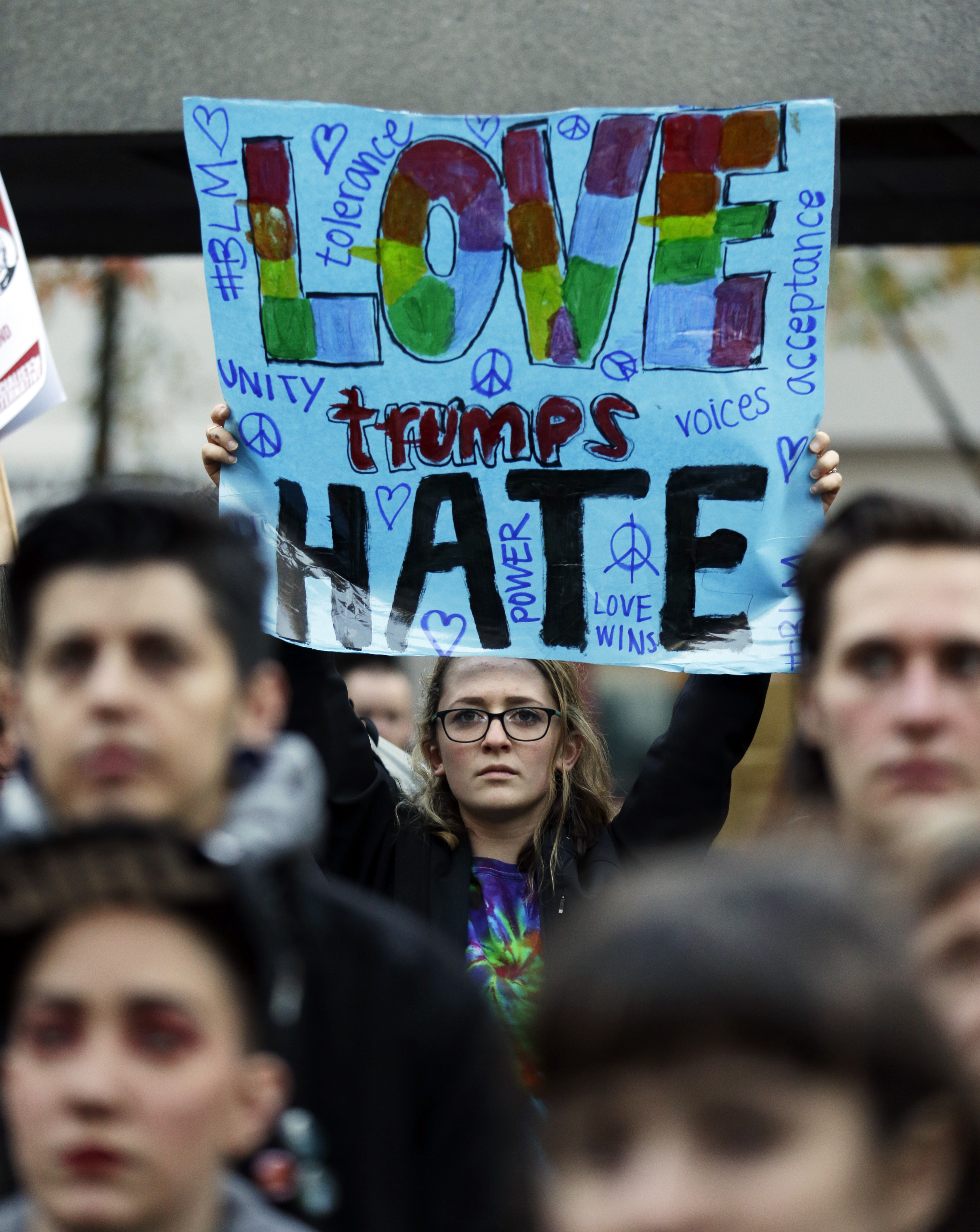
Table of Contents
Key Issues Driving the Protests
Numerous policy decisions and actions by the Trump administration ignited widespread protests throughout his term. These demonstrations weren't monolithic; rather, they were fueled by a confluence of concerns, reflecting the diverse viewpoints within American society. Key issues driving the protests included:
-
Immigration: The Trump administration's stringent immigration policies, including the "zero tolerance" policy leading to family separations at the border and the controversial travel ban targeting several Muslim-majority countries, sparked massive outrage and protests across the nation. These actions were seen by many as inhumane and discriminatory, violating basic human rights.
-
Healthcare: Efforts to repeal and replace the Affordable Care Act (ACA), also known as Obamacare, fueled significant protests. Concerns about the potential loss of healthcare coverage for millions of Americans, coupled with anxieties about rising healthcare costs, mobilized large-scale demonstrations across the country.
-
Environmental Regulations: The Trump administration's rollback of environmental regulations, including the withdrawal from the Paris Agreement on climate change, drew strong condemnation from environmental activists and concerned citizens. Protests highlighted concerns about the potential environmental damage caused by these decisions and the long-term consequences for future generations.
-
Economic Inequality: Critics argued that the administration's tax cuts disproportionately benefited the wealthy, exacerbating existing economic inequality. Protests emphasized the need for fairer economic policies that address the needs of the working class and reduce the gap between the rich and the poor.
-
Social Justice: Issues of racial inequality and police brutality continued to be major catalysts for protests. Events such as police killings of unarmed Black individuals reignited long-standing calls for police reform and an end to systemic racism.
-
Gun Control: The administration's inaction following numerous mass shootings fueled protests demanding stricter gun control measures. Advocates for stricter gun laws organized marches and rallies across the country, demanding an end to gun violence.
Geographic Distribution and Demographics of Protesters
Anti-Trump protests weren't confined to a single geographic region; they were a nationwide phenomenon. Major cities like New York, Los Angeles, Chicago, Washington D.C., and countless others served as focal points for large-scale demonstrations. However, protests also took place in smaller towns and rural areas, demonstrating the broad-based nature of the opposition.
Grassroots movements played a critical role, organizing protests in various states and local communities. The demographics of the protesters were equally diverse, reflecting the varied concerns within the broader population. While exact statistics are hard to compile, anecdotal evidence and media reports show a significant presence of young people, minorities, women, and individuals from across the socio-economic spectrum. The Women's March, for example, attracted millions of participants across the country, highlighting the broad coalition against the Trump administration's policies.
Forms of Protest and Their Effectiveness
Protests against the Trump administration employed a wide range of methods, reflecting the diverse strategies used in modern political activism. These included:
-
Marches and Rallies: Large-scale organized marches and rallies were a common form of protest, bringing together large numbers of people to demonstrate their opposition.
-
Civil Disobedience: Some protesters engaged in acts of civil disobedience, such as blocking traffic or occupying government buildings, to disrupt the status quo and draw attention to their concerns.
-
Boycotts: Economic boycotts of businesses perceived as supporting the administration's policies were employed as a means to exert pressure.
-
Online Activism: Social media platforms became crucial tools for organizing protests, mobilizing supporters, and disseminating information.
The effectiveness of these methods varied. While some protests led to policy changes or shifts in public opinion, others faced significant challenges, such as police crackdowns or a lack of widespread media coverage. The impact often depended on factors such as the scale of participation, media attention, and the ability to maintain momentum.
The Role of Social Media in Amplifying the Protests
Social media played a pivotal role in the anti-Trump protests. Platforms like Twitter, Facebook, and Instagram facilitated the organization of demonstrations, the rapid dissemination of information, and the mobilization of supporters across geographical boundaries. Hashtags became powerful tools for unifying protesters and amplifying their message, creating viral campaigns that garnered significant attention. Live-streaming of protests allowed for real-time coverage, circumventing traditional media outlets and enabling wider audience reach. The speed and reach of online communication proved invaluable in coordinating actions, spreading awareness, and fostering a sense of collective action among protesters.
Conclusion
The wave of protests against the Trump administration was a significant expression of political dissent, highlighting the deep divisions and strong opinions within American society. These demonstrations, driven by a wide range of issues and employing various forms of protest, demonstrated the power of collective action in a democratic society. The crucial role of social media in organizing, amplifying, and disseminating information surrounding these protests underscores the evolving nature of political activism in the digital age. Stay informed about ongoing political protests and find ways to engage in civic action. Understanding the various forms of political protests is crucial to effective civic engagement. Learning more about the history of American protests and their impact on political change can help inform future actions.

Featured Posts
-
 Podcast Production Revolutionized Ais Role In Processing Repetitive Scatological Documents
Apr 22, 2025
Podcast Production Revolutionized Ais Role In Processing Repetitive Scatological Documents
Apr 22, 2025 -
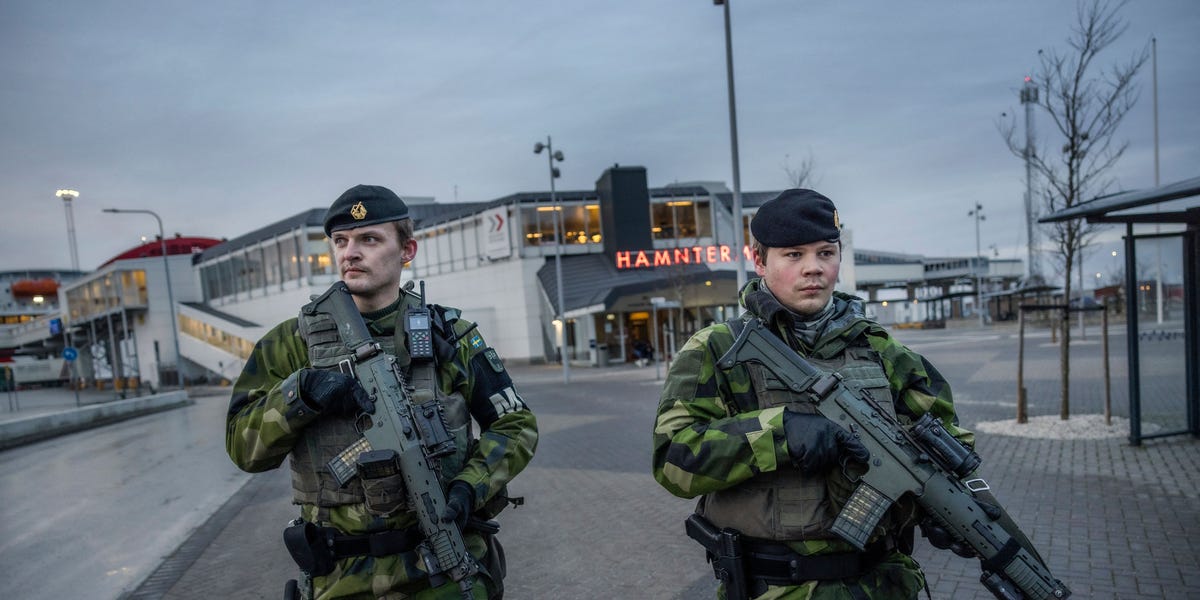 Assessing The Combined Military Capabilities Of Sweden And Finland
Apr 22, 2025
Assessing The Combined Military Capabilities Of Sweden And Finland
Apr 22, 2025 -
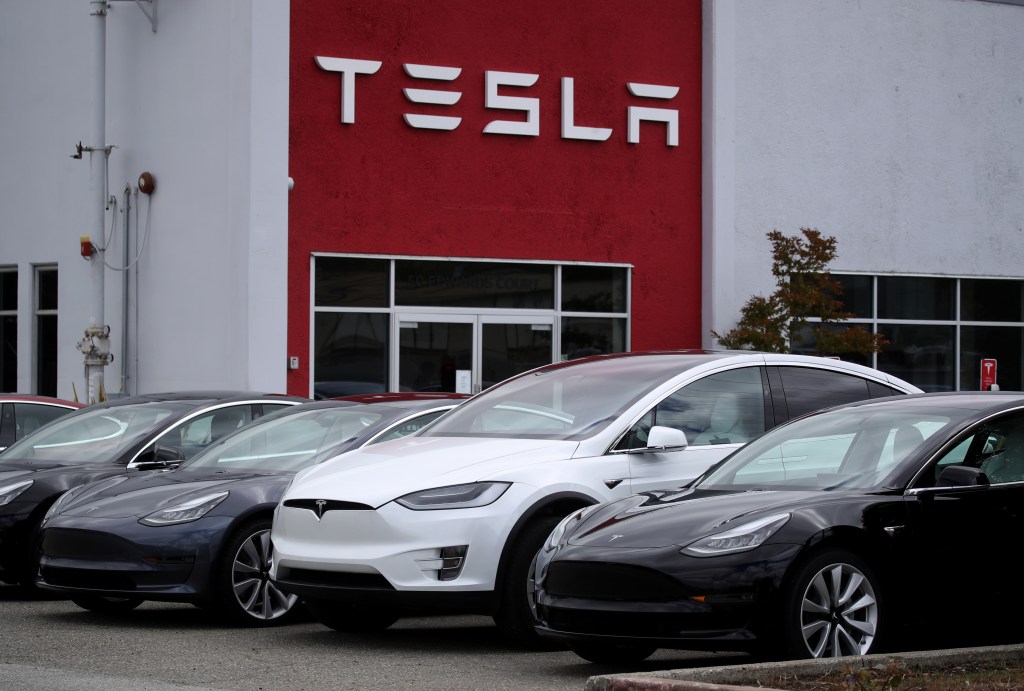 Auto Dealers Push Back Against Mandatory Ev Quotas
Apr 22, 2025
Auto Dealers Push Back Against Mandatory Ev Quotas
Apr 22, 2025 -
 Razer Blade 16 2025 In Depth Review Of Ultra High Performance And Portability
Apr 22, 2025
Razer Blade 16 2025 In Depth Review Of Ultra High Performance And Portability
Apr 22, 2025 -
 Mark Zuckerbergs Presidency And Trumps Impact On Tech
Apr 22, 2025
Mark Zuckerbergs Presidency And Trumps Impact On Tech
Apr 22, 2025
Latest Posts
-
 Nottingham Attacks Victims Voices A Journey Of Healing And Recovery
May 10, 2025
Nottingham Attacks Victims Voices A Journey Of Healing And Recovery
May 10, 2025 -
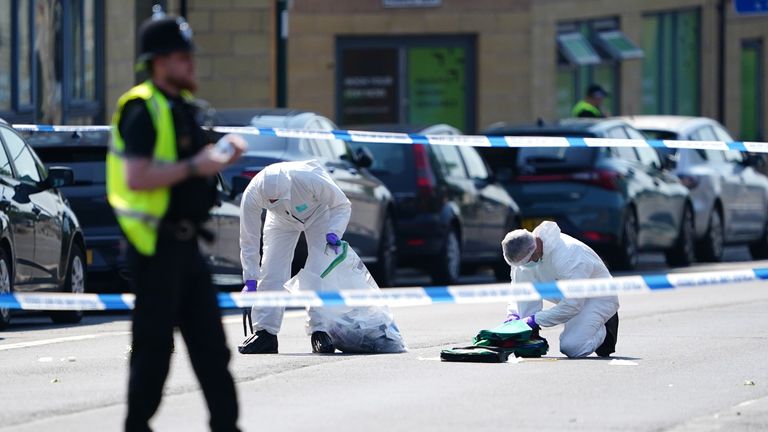 Nottingham Attack Survivors Speak Out Their Stories Of Resilience
May 10, 2025
Nottingham Attack Survivors Speak Out Their Stories Of Resilience
May 10, 2025 -
 Judge Who Jailed Boris Becker To Chair Nottingham Attacks Inquiry
May 10, 2025
Judge Who Jailed Boris Becker To Chair Nottingham Attacks Inquiry
May 10, 2025 -
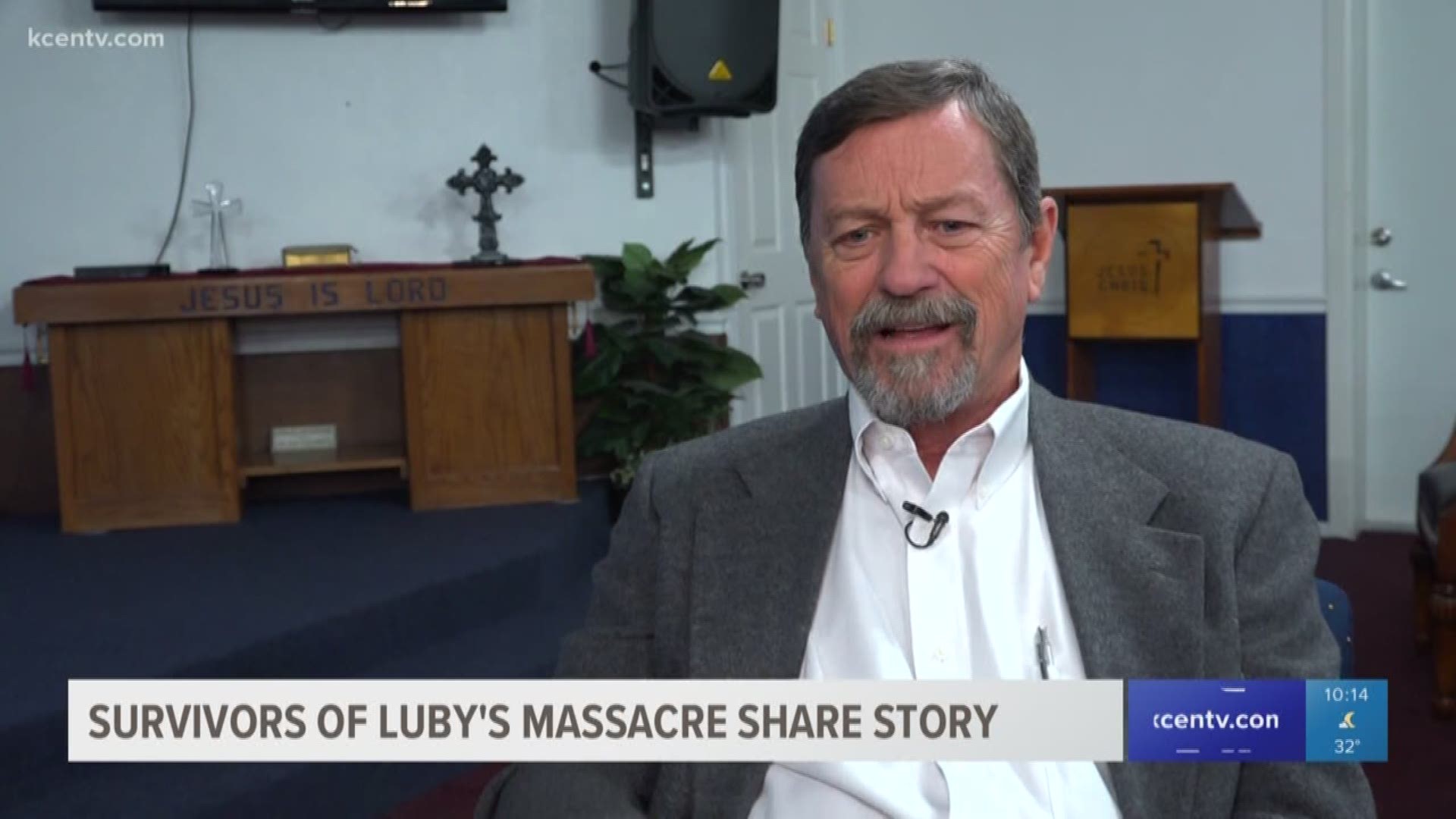 Nottingham Attacks Survivors Share Their Stories
May 10, 2025
Nottingham Attacks Survivors Share Their Stories
May 10, 2025 -
 Nottingham Attacks Inquiry Judge Taylors Appointment Announced
May 10, 2025
Nottingham Attacks Inquiry Judge Taylors Appointment Announced
May 10, 2025
